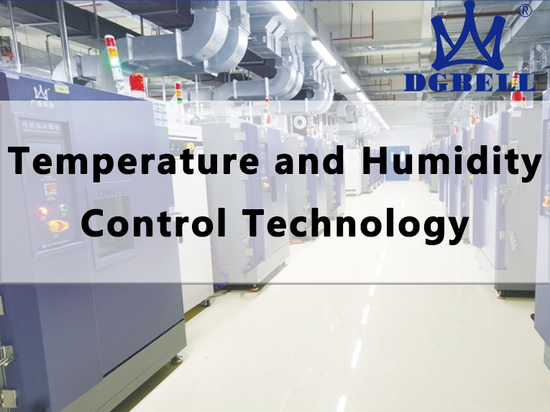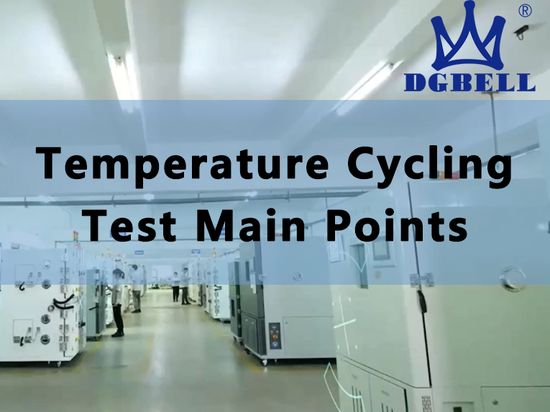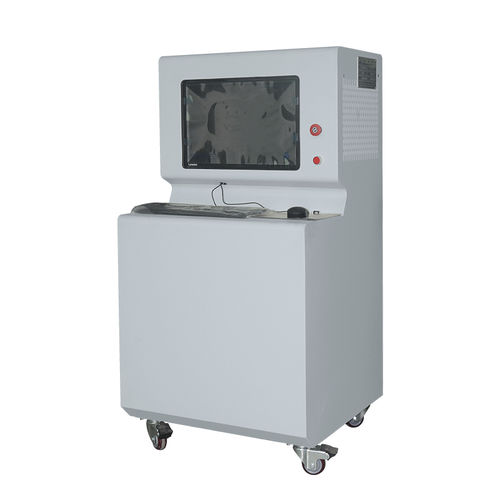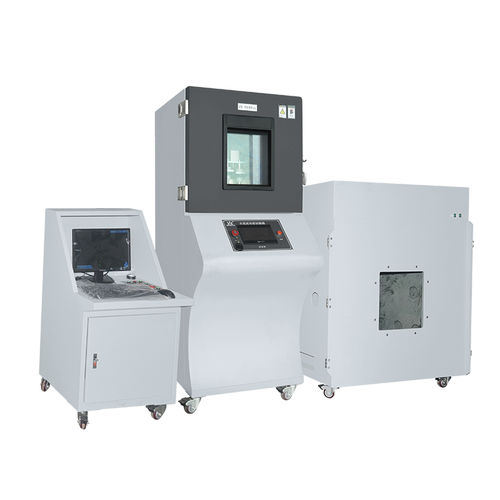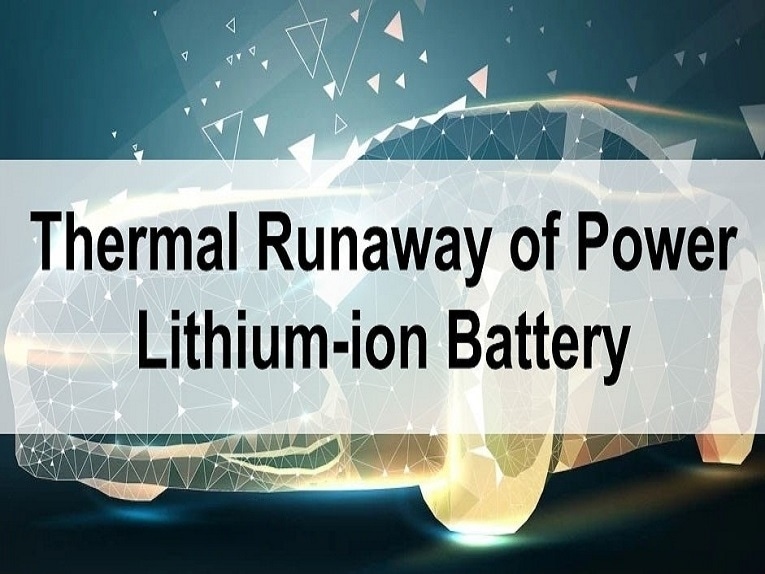
#Industry News
Thermal Runaway of Power Lithium-ion Battery
Thermal Runaway of Power Lithium-ion Battery
Lithium evolution during battery charging and fast charging control
Through the test, it is found that there will be obvious lithium precipitation when the battery is fast charged. Through the study of lithium evolution mechanism, it is found that the complete process of lithium evolution includes lithium precipitation and re embedding on the negative electrode surface during battery charging. The precipitation process is formed after the negative electrode has zero potential. After the battery stops charging, the potential will return to above zero potential. At this time, it will be re embedded. Then all reversible lithium will be completely dissolved and the negative electrode will no longer react.
By adjusting the charging current to make the potential difference close to zero, the fast charging without lithium precipitation can be realized.
Short circuit in battery and battery management
Internal short circuit is a common link of battery thermal runaway. Different types of internal short circuit may occur for a variety of reasons, including mechanical deformation, extrusion, tearing, diaphragm breakage, overcharge and discharge, and extreme overheating. A more dangerous internal short circuit is self induced internal short circuit, such as the accident of Boeing 787, which occurs due to the cumulative evolution of impurities and particles introduced in the manufacturing process after long-term operation.
Internal short circuit is a phenomenon that is difficult to reproduce in the test. A variety of alternative test methods should be developed. We have invented a new alternative test method to simulate the detection of internal short circuit. The key is to implant the special memory alloy internal short circuit trigger element with spike structure into the battery, raise the temperature to make the spike structure tilt up and pierce the diaphragm to simulate the internal short circuit process.
Through this test, it is found that the important internal short circuit types include aluminum copper, positive copper, aluminum negative and positive negative circuits. Some of them are immediately out of control, such as the contact between aluminum and negative electrode; The contact between positive electrode and negative electrode generally does not cause thermal runaway; The risk of aluminum and copper contact is also relatively high, but it does not necessarily lead to internal short circuit immediately.
The most important thing in the test is the fusing of the internal short circuit position, which may lead to the termination of the whole internal short circuit or more severe internal short circuit.
Therefore, it is necessary to analyze various parameters affecting this fusing. We comprehensively decompose and summarize the whole evolution process of internal short circuit. On this basis, we propose that in order to guard against thermal runaway, it is necessary to test the internal short circuit in the early stage.
One of the methods to analyze is the internal short circuit test method of series battery pack, which must be diagnosed based on consistency difference.
Of course, only internal short circuit test is not enough. It is possible to realize the early warning of internal short circuit and thermal runaway only by comprehensively managing overcharge, over discharge and SOP. This is a new generation of battery management system, which is an all-round state estimation and fault test with safety as the core.
Thermal runaway and thermal design of single cell
Many changes have taken place in diaphragm materials. From PE, PP, PE + ceramic to pet, the heat-resistant temperature of diaphragm has been very high, which can reach 300 ℃; At the same time, the oxygen release temperature of cathode materials is gradually decreasing from the early LFP to ncm111, ncm523, ncm622 and ncm811.
With the changes of these two technologies, the mechanism of thermal runaway is also changing. Most of the early batteries were out of control due to large-scale internal short circuit caused by diaphragm collapse, but the mechanism of thermal out of control of the currently used high-temperature diaphragm equipped with 811 positive power lithium-ion battery has changed, and the oxygen release of positive material has become the main cause of heat out of control.
The test results state that if the diaphragm is completely removed and the electrolyte is drained without internal short circuit, thermal runaway will still occur. When the positive and negative powders are mixed for detection, there will be a violent exothermic peak.
Thermal spread and thermal management of battery system
If all the previous methods fail, we should consider the problem from the perspective of the whole system. For example, if a violent collision or the chassis is pierced by sharp substances, the thermal runaway will occur from time to time. This thermal runaway can only be handled at the system level.
Firstly, the thermal runaway spread process is detected, and it is clear that the thermal runaway occurs one by one.
Secondly, the thermal spread of parallel battery modules is detected, and the unique characteristic of thermal runaway spread of parallel modules is found, that is, multi-stage V-shaped voltage drop; When the real vehicle battery module is not restrained, the thermal runaway expansion can show an acceleration effect in the battery module, and eventually lead to the violent combustion and explosion of the whole module.
Thirdly, the characteristics of thermal runaway jet valve are detected. In the closed constant volume combustion bomb, the whole process of thermal runaway jet is recorded with a high-speed camera. From the detection, it is found that the eruption flow presents the characteristics of gas liquid solid three-phase coexistence, in which the gas eruption speed is as high as 137m / s.
On this basis, the heat spread suppression design is carried out, including heat insulation design and heat dissipation design. The heat insulation design is to use different heat insulation materials to guard the heat spread of modules, and the heat dissipation design is to suppress the heat spread with different liquid cooling flow.
In the general battery system, heat insulation and heat dissipation can deal with the process of heat spread alone, but in the new battery system, heat insulation and heat dissipation should be combined to inhibit heat spread, which is the so-called firewall technology.
Heat spread technology has been used in the formulation of international standards. At present, there is no unified heat spread standard in the world. China will introduce heat spread standard soon. Heat spread is the last line of defense leading to safety accidents. We have to take good care of this last line of defense, and strive to promote China’s relevant experience to the world and become a global law and regulation.
DGBELL has studied battery test chamber for more than 15 years and has countless industry experience. The Thermal Runaway Test Machine for Power Lithium-ion Battery just one of our products. We can also customize according to your products. We will meet yuor need and just let we know.


